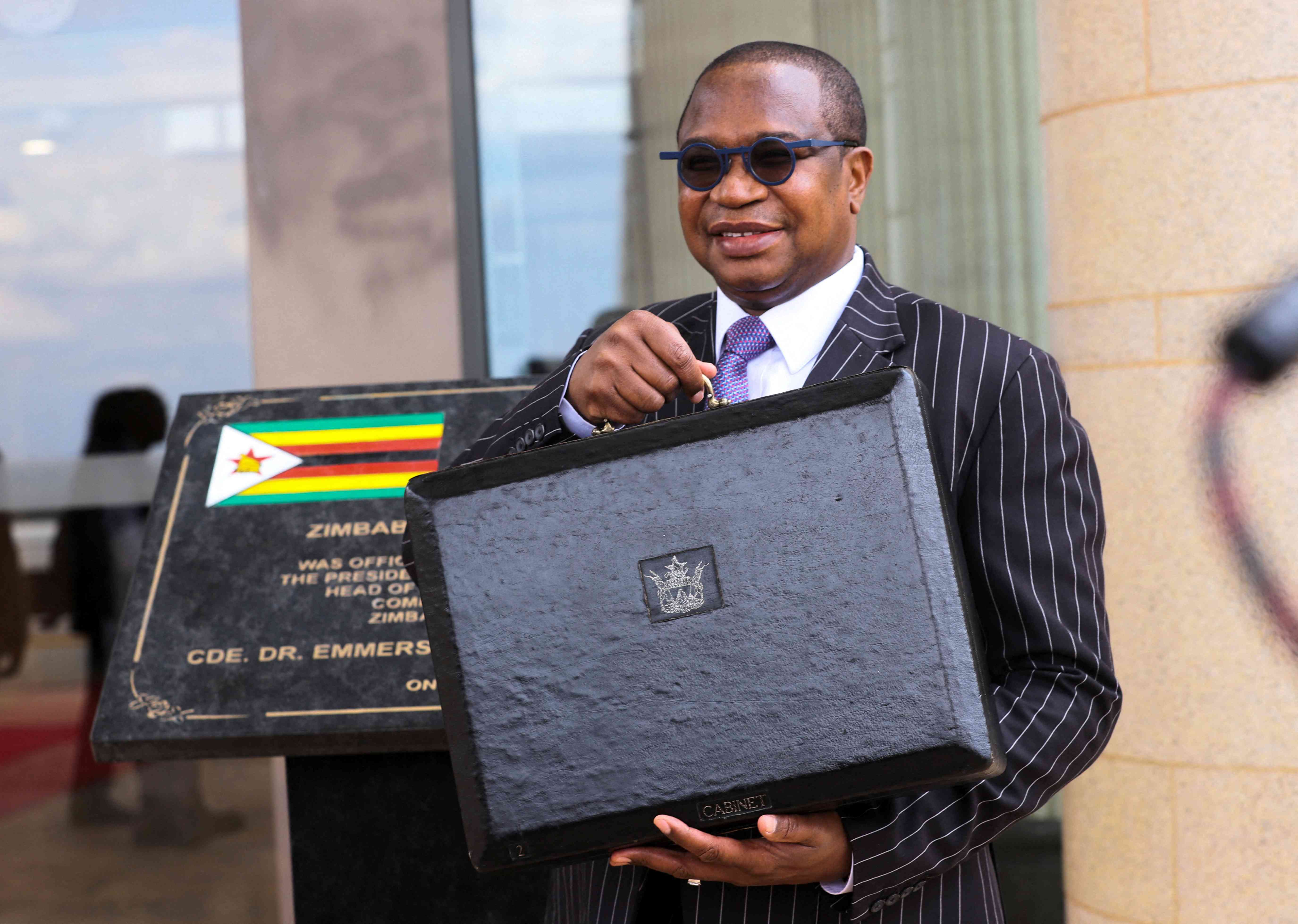
ZIMBABWE has received remittances amounting to US$1,9 billion from the diaspora in the nine-month period to September 2024, up 16,5% compared to the same period in 2023, official data released yesterday shows.
Diaspora remittances — money sent by a person in a foreign land to his or her home country — have become one of the biggest sources of foreign currency for Zimbabwe after exports.
“Remittances will continue to drive the current account surplus and are projected to close 2024 at US$2,49 billion, and improving to US$2,51 billion in 2025,” Finance, Economic Development and Investment Promotion minister Mthuli Ncube said yesterday while presenting the 2025 National Budget.
The minister also revealed that the country’s external sector position had remained resilient, as reflected by a notable increase in foreign currency receipts, which rose by 17,9%, to US$10 billion, during the same period.
The growth was primarily driven by export receipts and diaspora remittances which accounted for 59% and 25% of the total receipts, respectively, he noted.
“The improvement in foreign currency receipts has positively impacted the country’s balance of payments position,” the minister said.
Preliminary estimates indicated that the current account balance recorded a surplus of US$227 million in the nine months to September 2024, a significant improvement from the surplus of US$59,4 million recorded in the same period last year.
“The country experienced strong inflows through secondary income, contributing to the current account surplus, notwithstanding deficits registered in the services and primary income accounts,” he said.
- Budget dampens workers’ hopes
- Govt issues $24 billion Covid-19 guarantees
- Letter to my People:They have no answers for Nero’s charisma
- ZMX to enhance farm profitability
Keep Reading
In 2024, the current account is projected to record a surplus of US$150,5 million and further improve to US$277,4 million in 2025, driven mainly by the resilient diaspora remittances inflows and a projected narrower trade deficit.
Merchandise exports stood at US$5,4 billion, an increase of 3,3% compared to the corresponding period in 2023.
This export growth was primarily driven by growth in the exports of gold and tobacco, Ncube noted.
Mineral exports, which account for the largest share of merchandise exports, grew by 0,8%, to US$4,2 billion in 2024.
The subdued growth is attributable to depressed prices of platinum group metals (PGMs) and lithium.
Gold exports experienced a notable increase of 16,7% to US$1,5 billion, on account of higher production, coupled with higher global prices which are being sustained by safe-haven demand, amidst the prevailing global economic uncertainties.
Merchandise exports are projected to increase by 2,8% to US$7,4 billion in 2024, driven by surging gold and tobacco exports.
In 2025, merchandise exports are expected to increase by 6,3%, to US$7,9 billion underpinned by growth in PGMs, lithium, and agriculture exports, notwithstanding the depressed mineral commodity prices.
Merchandise imports registered a 4,4% growth to US$6,5 billion in the first nine months of 2024, mainly driven by fuel, food and electricity imports.
To year end, merchandise imports are projected at US$9,1 billion, 4,9% up.
Imports are projected to increase by 2,5% to US$9,3 billion next year, on account of higher imports of energy, raw materials and machinery.
- Yesterday, the official exchange rate stood at US$1:ZWG$25,3 when Finance minister Mthuli Ncube presented the 2025 National Budget Statement.










